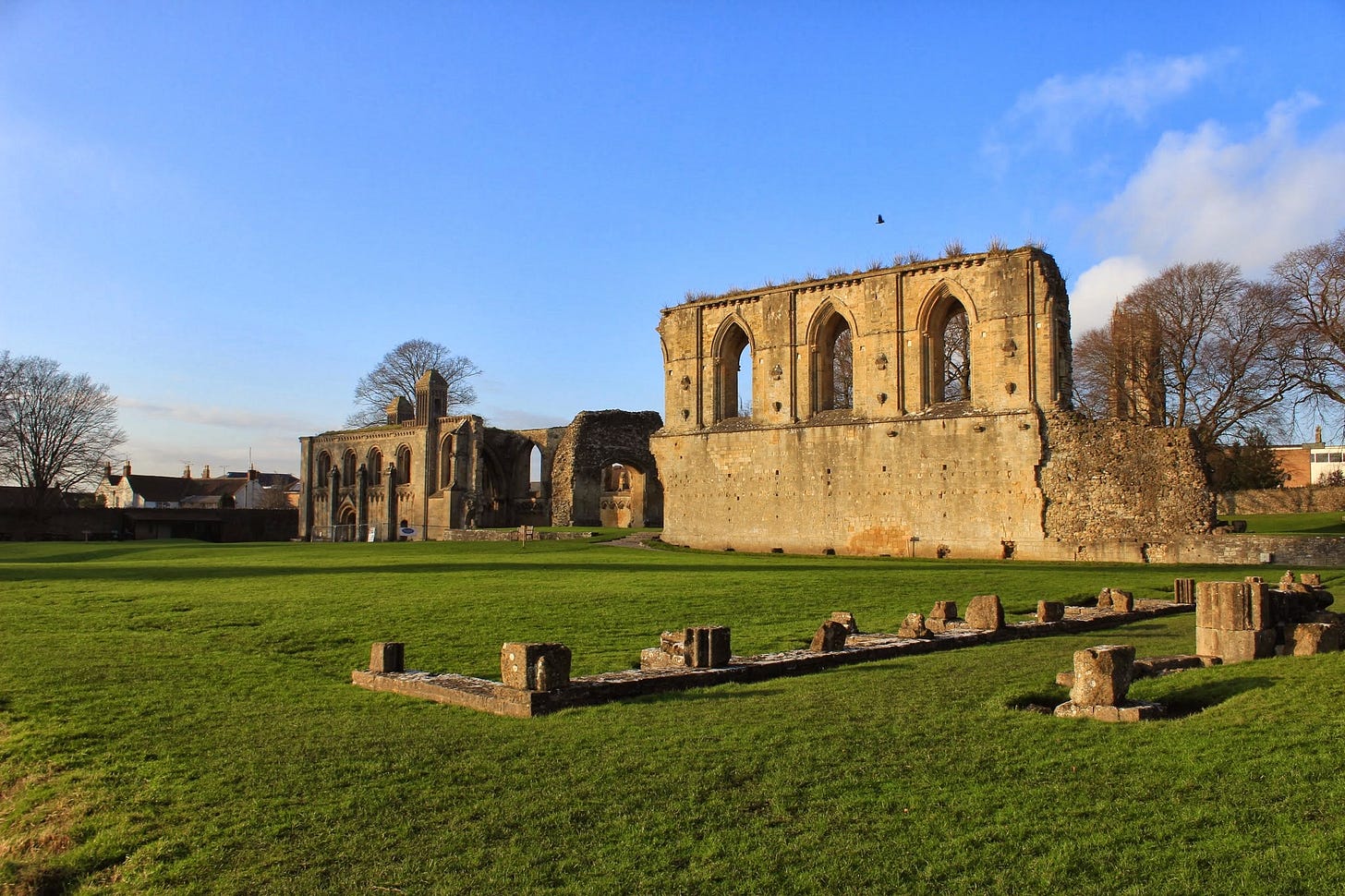What Tolkien Means to Me
Journeys within and beyond the fantasy world of boyhood enchantment—illuminating our faith, history, and culture

This essay originally appeared in German in David Engels’ fine collection, Aurë entuluva! – Tolkien zum 50. Todestag. It is published here for the first time in English.
It is half a century since the Professor died. I remember the day well. I was less than a month back from the National Boy Scout Jamboree at Farragut State Park and still vividly recalling the joys of that week. At twelve years of age, I had already become hooked on The Hobbit and The Lord of the Rings, which I had read for the first time early that year; Tolkien’s death hit me hard.
Back in 1971, my sixth-grade teacher, Mr Tritto, introduced us to The Chronicles of Narnia. How wondrous the series was, getting better and better as I read each volume. When at last both the books and Narnia itself ended with The Last Battle, I was enchanted. I searched for and found similar series by other—primarily English—writers: E. Nesbit’s tales, Lucy Boston’s Green Knowe books, Eleanor Cameron’s Mushroom Planet series, Katherine Brooks’ Hobberdy Dick, Madeleine L’Engle, Poul Anderson’s A Midsummer’s Tempest and Three Hearts and Three Lions, and quite a large number of others. They were all wonderful—but they were not Narnia. I became aware of Tolkien’s work early on but was reluctant to read it because it was so embraced by the “hippies”. I didn’t actually know any, of course, but I saw plenty of them in the Los Angeles of my childhood.
It was a fellow Boy Scout who urged me to read them. I did—and, as I say, was hooked. They were at the very least as good—or possibly better—than the Narnia series. Not knowing that the authors had known each other, I did notice a certain geographical complementarity between them: Narnia faced East, Middle-earth West. I could imagine them on the same planet, with the two Northern Wastes, Telmar and Rhûn, and Calormen and Harad bordering each other. Go to the utter East from Narnia, and you’ll reach Aslan’s Country; go the opposite direction from the Grey Havens, and you’ll be in Valinor—both Divine or Angelic Realms.



